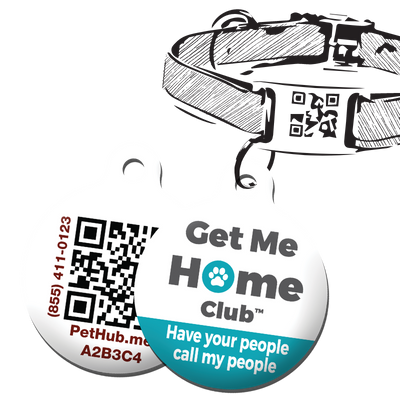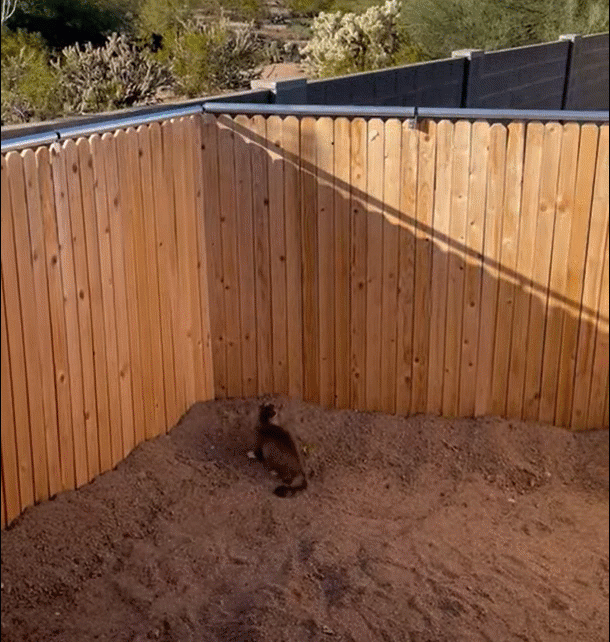Do you want your dog to be able to play and explore the outdoors without the worry of them wandering off? According to our recent study1, two of the top reasons dogs went missing were due to outdoor escapes:
- Got out of the yard
- Ran out the door
- Wandered off the property
- Recall failure
- Jumped out a window
- Dropped or slipped the leash
This post teaches pet parents how to make their outdoor space safe and secure for dogs. Check out our sister article with tips for keeping your pet indoors and safe.
Never Let a Naked Pet Outside
Never let your dog (or cat) be outside without a collar and an ID tag. It's just dangerous. A visible ID tag is simply the fastest way to get them home. To give the best lost pet recovery tool, use a PetHub-powered digital ID.
Make sure, too, that you microchip your fur kid as it is the ulti-mutt safety net. Check the chip every year at your vet's office to confirm that the information is up-to-date and the microchip is working properly. You don't want to discover that your lost dog has been stuck in an animal shelter because something wasn't working with his chip.
Physical Fence Options
Fencing can help us keep our pets secure and provide them with the freedom to roam around without worries. Whether it's preventing them from running into traffic or keeping them away from dangerous situations, a good fence is key.
These days, there are many fence options available, including traditional fences, invisible and wireless pet fence systems. Even if you already have a fenced yard, take some time now to learn about all the paw-sibilities to improve the safety of your outdoor enclosed space.
Traditional Fencing
Traditional fences are a great choice to escape-proof your backyard. With various materials and styles available, such as chain link fencing, wooden, vinyl, and steel fencing, homeowners can find the perfect solution to suit their property's look and their pets' needs.

Fences offer varying levels of security, privacy, and durability, ensuring that your furry family members are safely contained within your outdoor space. Carefully look at factors like height, sturdiness, and visibility to create a secure space.
Comparing Traditional Fence Options
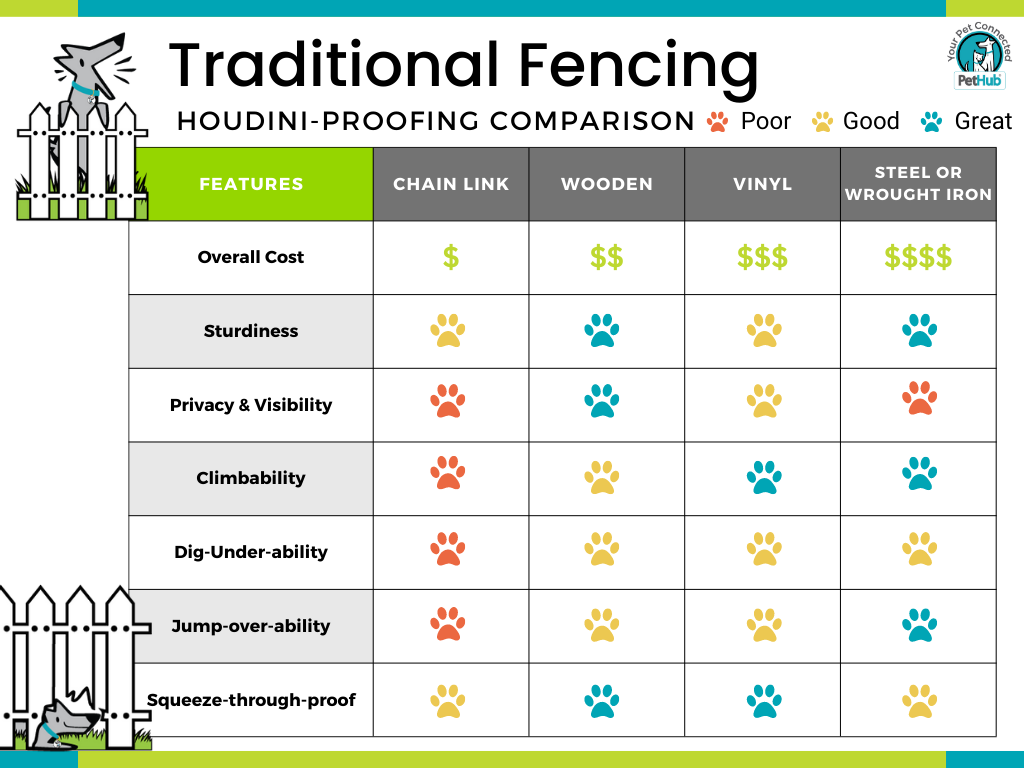
Improve Your Existing Fence
With your neighbor's yard being just next door and the risk of your dog escaping due to external triggers, it's important to explore various privacy options. Mesh privacy screens or slats, or even artificial ivy, for chain-link fences, offer a budget-friendly fix that obstructs the view from the outside and reduces the urge for dogs to escape.
If your dog's escape tactic is to dig, we've got a few ideas for ya. Put in deeper support posts and bury the bottom of the fence line to prevent them from digging under. An easy but costly option is an animal barrier fence to place along the bottom of your existing fence. A concrete footer around the base of the entire fence might be your best option if you have a super digger.
For dogs who love to climb, adding angled PVC pipes to the top of the fence can make it impossible for them to get over. Another fantastic option is using chicken wire to reinforce the bottom of the fence. This creates a block that your dog cannot tunnel through.
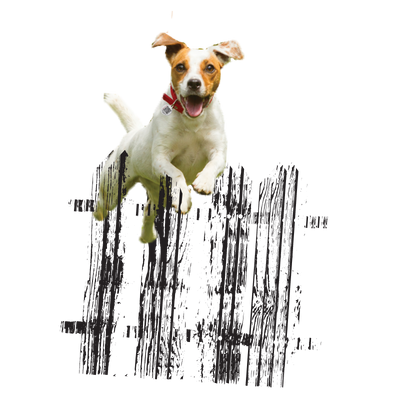
If your dog is crafty or is a jumper, you can also consider adding a section of higher fencing to prevent them from jumping the fence. Amazon has lots of options to consider:
Coyote Rollers Are PAWsome
We could watch that GIF all morning. This cool Coyote Roller kit added to your fence will dissuade your dog (or cat) from scaling and hopping over. This is on the pricey side of options. If you share a neighborhood with coyotes, other critters trying to get into your yard or have a furball that just loves parkour, the investment in coyote rollers is totally worth it.
Electronic Pet Fence Systems
The "Good"
Some pet parents love the idea of using a collar-based electronic device to keep their fur kid from getting lost. We get it. GPS collar attachments like Tractive are really effective for keep track of your dog or cat (Tractive IS the PetHub team's fave FWIW). Plus, the tech is usually way more convenient and less spendy than putting in a new fence. And let's be honest -- these systems have a lot of really cool benefits that traditional fences just can't provide.
Pros of electronic systems:
- Open design keeps your yard looking nice and attractive
- Lets your pet move around a certain area, but do not go too far away
- Can be more affordable than standard fence options
- A good option for renters who can't put in a fence
- Effective for multiple animals
- Can deter digging in an attempt to escape
- Many systems have an app that you can use to see where your pet is
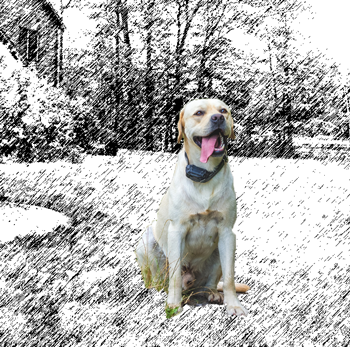
The "Bad"
As cool as all those bennies sound...we are not huge fans of these systems as stand-alone tools to prevent your pet from getting lost or leaving your property. Plus, having an open yard is not safe.
Neighbors and strangers can see into your yard, and it increases the risk of theft of your furry family member. Unfenced yards allow other stray cats and dogs to come into your yard. Don't forget about wild animals in the area. And those other critters don't need to even set foot over the invisible line containing your fur kid to be a big issue.
For some doggos who are driven to herd or like to hunt, even the buzz of the collar telling them to stop won't keep them from wanting to chase things outside of their allowed space. The same is true for a male dog that hasn't been neutered. A buzz on his neck won't deter him from finding a new girlfriend. And once they have crossed the barrier, the collar then can make them afraid to get back into their "safe area."
It is best to use something like a fence, large dog run, or pen with an electronic fence system. If you cannot or don't want to do this, it is important to know the risks.
Cons of Electronic Systems
- Not good for aggressive dogs or those that may pose a threat to others
- Won't keep other animals or intruders out of your property
- Requires training for dogs to understand boundaries
- Relies on batteries or power sources for the transmitter and collar device
- Some pets may become anxious or stressed due to the correction methods used
- Can be affected by other electronic signals
- Not good for areas with steep slopes or dense bushes and plants
- May not work well for pets with hearing issues or other disabilities
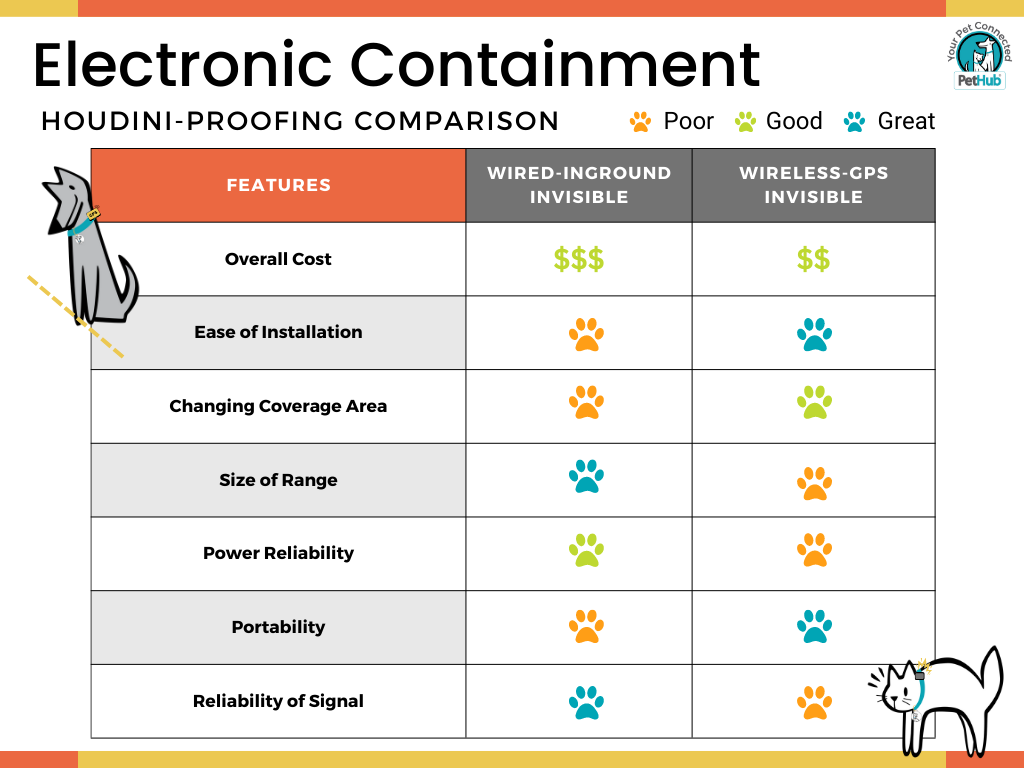
The "Ugly" Side of Electronic Fence Systems (Like, REALLY Ugly)
Imagine relying solely on a GPS collar to find your lost pet only to have the battery die. We're not making this up...it happens. Always have a ID tag on your pet, even when they are wearing a tracking collar device. ALWAYS.
We also need to discuss "shock collars," which are often marketed with misleading ads. Some devices have metal pieces that send an electric signal to the animal. This is called a "shock collar." It can feel like a tickle or be painful. But people often use them wrong and it can make dogs nervous, afraid, or even aggressive. Plus, if left on for longer periods, a shock collar can physically harm the animal, too.
So, do all electronic fence systems use shock collars? No. All containment-related electronic collars use unpleasant methods of some kind. To stop them from running off the collar must cause discomfort for the animal. It may involve sound from an internal speaker or small vibrations of the actual device that are generally safe. Please do careful research when looking at these types of systems to understand what type of collar it is using.
Add Gates and Locks to Existing Fenaces to Prevent Dog Escape
Adding gates and locks to your existing fence is a great way to ensure your fur kid stays safely in your yard, while still making it easy for you to enter and exit. That said, a gate can add another weak point in your Hairy Houdini setup.
Things to Consider to Make Gates Dog-Proof
- Height: Make sure your gate is high enough
- Width: Choose a gate that is wide enough for your dog to get through but has no big gaps
- Material: Select strong materials to withstand scratching or chewing
- Visibility: Make your dog will not be able to see through it and get out to explore or attack other animals that may be on the other side
- Self-closing feature: A gate that closes itself greatly reduces the risk of accidentally leaving it open
- Locks: For extra safety, think about putting in a lock that your dog cannot get to
- Regular upkeep: Check the gate often. Fix any problems right away to keep your dog safe
Pet-proof Latches
- Complex: Make sure the latch you choose is easy for people to open, but not too easy, or else your dog might accidentally open it (or figure it out, the little Mr. Smartypants)
- Durable: Opt for a high-quality, sturdy material that can withstand weather conditions and pet manipulation
- Position: Install the latch at a height that is out of reach for your dog but easily accessible for you
- Locking mechanism: Get a latch with a built-in, automatic locking mechanism for added security against both left-open gates and intruders
- Double-sided: Ensure the latch can be operated from both sides of the gate for convenience and safety
No-Dig Dog-Proof Barrier of Plants and Rocks
Some pups are simply sneaky little escape artists digging tunnels under the fence. If you're tired of always chasing after your furball, it's time to consider a no-dig dog-proof barrier.

You can use plants and rocks to make a natural fence for your dog. It will keep them safe and look nice. Don't use rocks that are too big, because your dog might be able to jump or climb over them!
Other Ways to Dog-Escape-Proof Your Yard
Think like your dog when you look at the fence and backyard. Check if there are any weak spots or places that are broken. Take away anything near the fence that a dog could use to try to climb it, such as a trash can or stacks of wood.
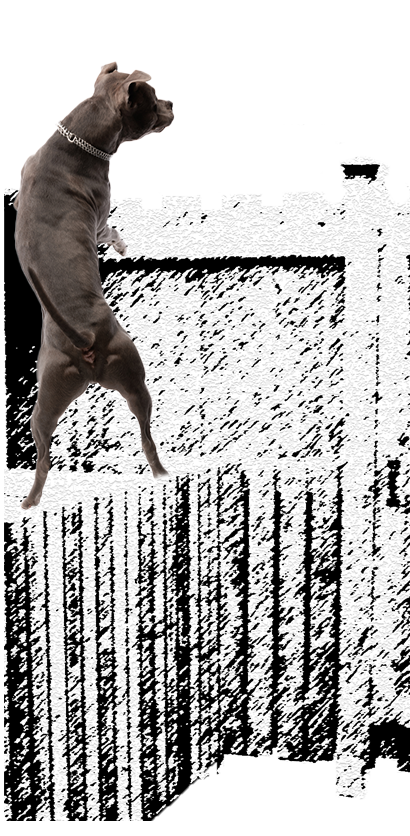
Think, too, about your dog's personality. Sporting breeds in particular are great jumpers and have a strong desire to chase other critters. Does your fence block their view from temptations on the sidewalk or neighboring yard?
For the tech-loving pet parent, there are lots of great gadgets that can help keep your dog safe outside of the house. Install motion-activated sprinklers to deter curious creatures from digging or jumping over the fence. If a sprinkle isn't your thing, consider a solar ultrasonic repellent. Consider outdoor cameras like Ring to keep an eye on things while you're away.
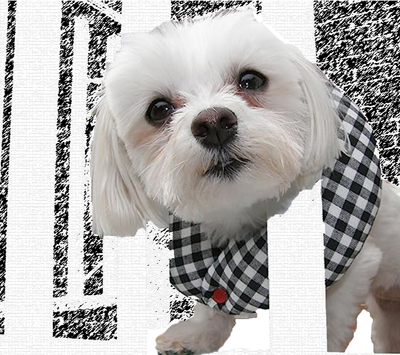
For little puppers that are still able to squeeze through the gap of a fence or even between vertical fence slats, we have two solutions. The first, and easiest, is a puppy bumper. As shown above, these puffy collars don't keep them from putting their head through the opening but will prevent the rest of the body from making its way through. Another less fashionable approach is to place heavy rocks or other barriers on the outside of the fence.
Dogs escape places they don't want to be. So make the yard a playground of fun they never want to leave. Make sure they have plenty of fresh water, shade, and a comfy spot to lay down. Dog houses are a great addition (just keep them away from a fence so they can't be used as a climbing tool). Toys and treats are a must, too. They provide exercise, keeping pups entertained and loving their outside time.
Here are some of PetHub Picks for setting up a great outdoor space:






It can be hard to keep a clever Houdini hound safe in its yard. But you can use fences, gates, and other special tools to make sure your pet does not wander away or escape. Look into all your options before you decide. Think about what your dog likes and needs when making the outdoor space. As always, PetHub is here to help you find the best tools for keeping your furry family member safe!
(1) According to the 2022 National Return-to-Home Study by the National Animal Care and Control Association and PetHub, Inc.



